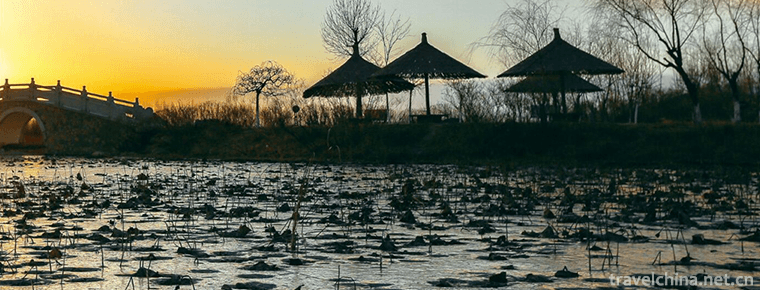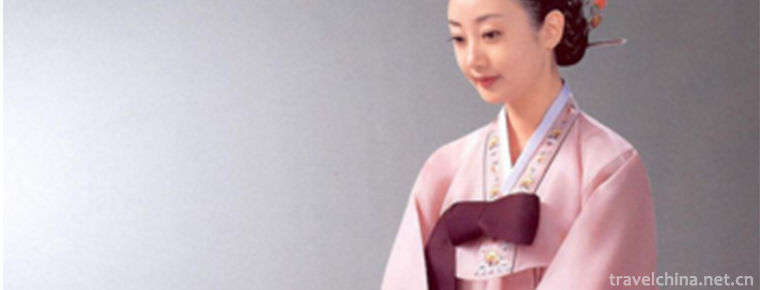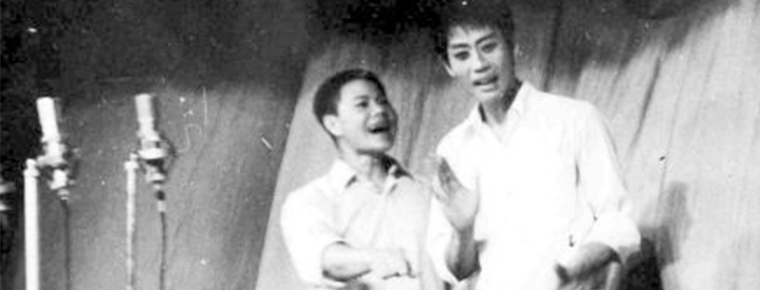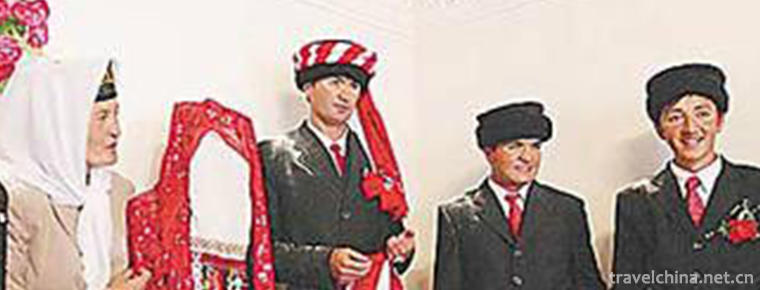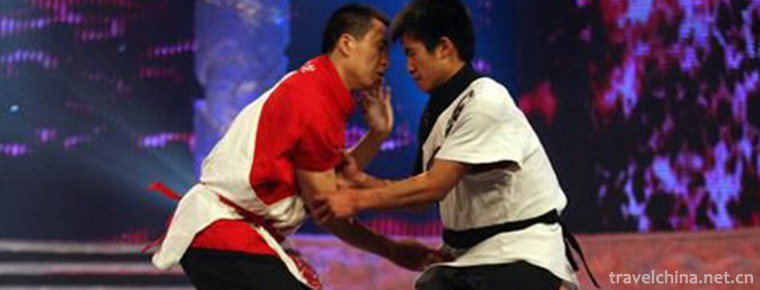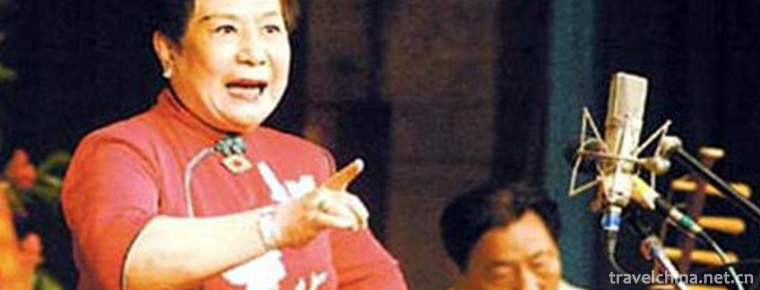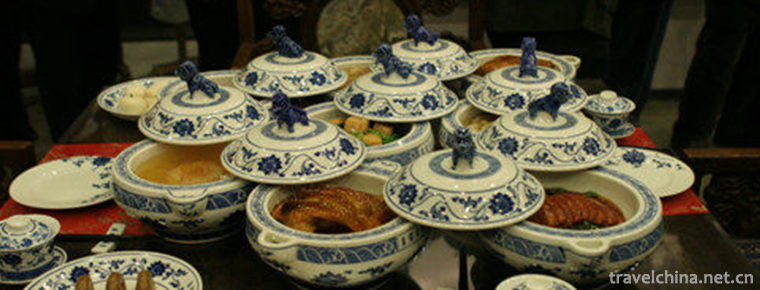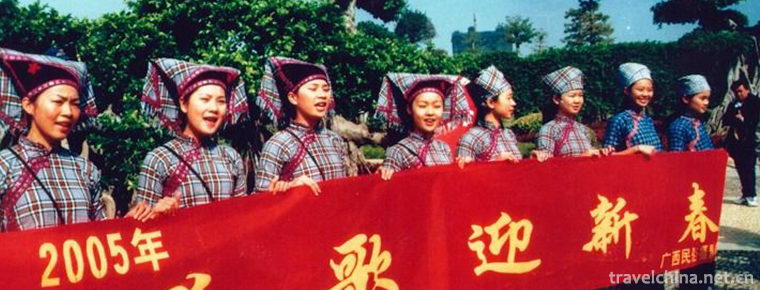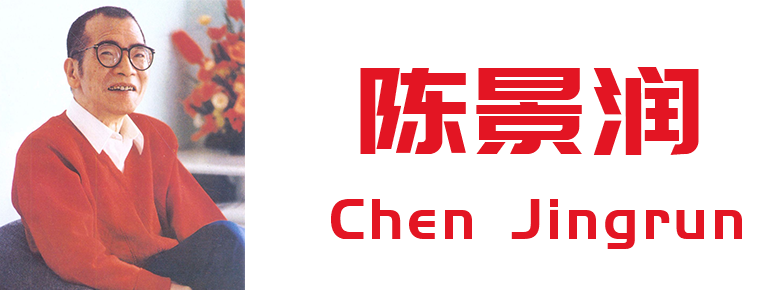Dalian Modern Museum
Dalian Modern Museum
Dalian Modern Museum is located at No. 10 Convention and Exhibition Road, Shahekou District, Dalian City. It is located in the northwest side of Xinghai Square. It is the first comprehensive museum named "Modern" in China. Construction started in November 1999 and opened to the outside world in March 2002. The main building has four floors above ground and one floor below ground, with a construction area of 304,000 square meters and a display area of 15,000 square meters. It is now the "Museum of the First Level of the State", "National 4A Tourist Scenic Area", "National Science Popularization Education Base", "Liaoning Patriotism Education Base", "Dalian Party Members'Ideological Education Base" and "Dalian Civil Servants' Professional Ethics Education Practice Base". On May 18, 2017, on the occasion of the 41st Museum Day, the Dalian Modern Museum was officially awarded the third batch of state-level museums during the "May 18 International Museum Day" held in Beijing in 2017.
Development history
In November 1999, the construction of Dalian Modern Museum started.
In March 2002, Dalian Modern Museum opened to the public.
In 2007, the Dalian Municipal Government decided to renovate the modern museum.
On April 28, 2013, the basic exhibition "Modern Dalian", which took six years to prepare, was opened to the public.
On May 18, 2017, on the occasion of the 41st Museum Day, the Dalian Modern Museum was officially awarded the third batch of state-level museums during the "May 18 International Museum Day" held in Beijing in 2017.
Venue composition
The basic exhibition of Dalian Modern Museum is "Modern Dalian". The whole exhibition area is more than 3000 square meters, and the tour route is 500 meters long.
The whole exhibition is mainly about the history of Dalian in 1840-1949. It is divided into "the development of Luda and the construction of coastal defence", "Luda in Sino-Japanese Sino-Japanese War of 1894-1895", "the formation of Russian Lending Tour and Port City", "the Japanese-Russian War and Japanese colonial rule", "the exchange and integration of multi-cultures", "the resistance struggle of the people of Dalian in modern times" and "the liberation and integration of Dalian". The establishment of the people's regime consists of seven units, exhibiting more than 1300 cultural relics and more than 800 historical photographs and charts. Modern Dalian is a comprehensive display of the city's centuries-old history and a window for audiences at home and abroad to understand the history and culture of modern Dalian.
In addition to the basic exhibition, there are also several special exhibition halls and temporary exhibition halls on the first and fourth floors of the museum, which are used to undertake various scale exhibitions of exquisite cultural relics and art treasures at home and abroad. Since 2007, the museum has successively held "Qing Palace Heritage", "Forever Chang'an", "Jin Guoxiong Feng", "Peninsula Ancient Rhyme", "Great World", "Dalian Tour Exhibition of National Major Historical Subject Art Creation Works", "Silk Road", "Celebrity Gun", "Eastern Wind Westward", "Flowing Glory", "Central Plains Shang and Zhou Civilization", "Crossing the Western Ocean", and so on. Large-scale exhibitions such as American Contemporary Realistic Oil Painting, Qidan Fenghua, Painting Zero as a Whole, Three Gorges Qinyun, Fanyin in Wonderful Land, etc. At the same time, the museum also hosted art exhibitions in Japan, the United States, Russia, Croatia, Belgium and other countries.
Transport line
Opening Hours
Every year from April 1 to October 31: 9:00 a.m. to 5:00 p.m. (stop admission at 4:00 p.m.)
From November 1 to March 31, the following year: 9:00 a.m. to 4:30 p.m. (3:30 p.m.)
It opens from Tuesday to Sunday and closes on Monday.
Ticket information
Tickets are free



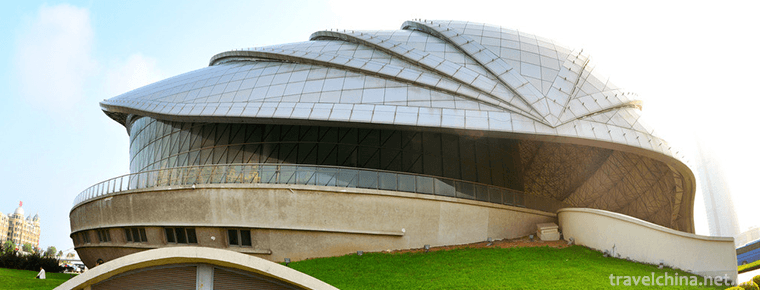
-
Mingcui Lake National Wetland Park
Yinchuan Mingcuihu National Wetland Park is located in Zhangzheng Town, Xingqing District, Yinchuan City, Ningxia. It is 9 kilometers away from Yinchuan City and 3 kilometers .
Views: 170 Time 2019-02-07 -
Korean Costume
Korean costume, Korean traditional folklore, one of the national intangible cultural heritage..
Views: 133 Time 2019-04-16 -
Answer drum
Answer drums are popular in Quanzhou City, Fujian Province, other areas in southern Fujian Province and Taiwan Province, Hong Kong and Macao, as well as among overseas Chinese.
Views: 170 Time 2019-04-22 -
Jieshou Book Club
The first book of the world will be a national list of intangible cultural heritage. Miaohu Book Club in Jieshou City is a unique bonsai project in its culture and art..
Views: 110 Time 2019-05-06 -
Venus Inkstone Making Skills
Venus inkstone making technology, the local traditional handmade inkstone making technology in Xingzi County, Jiangxi Province, is one of the national intangible cultural heritage..
Views: 263 Time 2019-05-07 -
Tajik Marriage Customs
On the Pamir Plateau, which is more than 4000 meters above sea level, there is a Tajik people living in China. This is a people who can sing, dance and hospitality. Their life is full of mystery, and .
Views: 113 Time 2019-06-17 -
Back to back entanglement
Tongbei Bianquan, also known as Hongdong Tongbeiquan, is a complete and systematic set of traditional boxing. It combines the advantages of both inside and outside. It is divided into mother boxing an.
Views: 132 Time 2019-06-21 -
Xihe Dagu
Xihe Drum is a form of drum script and drum music in northern China. It is one of the traditional quyiqu. It is widespread in Hebei Province and in the surrounding areas of Henan, Shandong, Beijing, T.
Views: 116 Time 2019-06-30 -
Acupuncture
Acupuncture means that under the guidance of traditional Chinese medicine theory, needles (usually filiform needles) are punctured into patients'bodies at a certain angle, and needling techniques such.
Views: 109 Time 2019-07-25 -
Cuisine Skills of Official Cuisine in Zhili
The culinary skill of official dishes in Zhili is a precious cultural heritage of Baoding ancient city. Since the Qing Dynasty and the Republic of China, official cuisine and cooking skills in Zhili h.
Views: 143 Time 2019-07-25 -
Liao Song of the Zhuang Nationality
Liao Ge of Zhuang Nationality, folk literature of Pingguo County, Guangxi Zhuang Autonomous Region, is one of the national intangible cultural heritage..
Views: 140 Time 2019-08-16 -
Chen Jingrun
Chen Jingrun (May 22, 1933 -1996 March 19th), male, Han, non party personages. Fujian Fuzhou Man, a contemporary mathematician..
Views: 127 Time 2019-09-07
